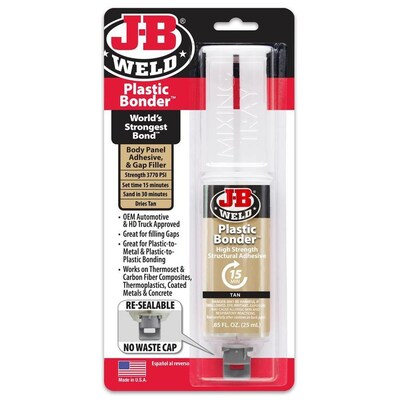VolvoLatAm
Active member
- Joined
- Oct 4, 2019
- Location
- Colombia
I have a 1982 244 non-turbo, so many people argue back and forth about radiator size, 3 rows, not wanting plastic endcaps/header ends, brass, aluminum, copper, etc. there are too many options and factors...etc.
Also, what caused this on my radiator, road debris? Seems grinded down or something.
https://imgur.com/gallery/8JH7uWK
What is the answer? What should I get?
Also, what caused this on my radiator, road debris? Seems grinded down or something.
https://imgur.com/gallery/8JH7uWK
What is the answer? What should I get?




